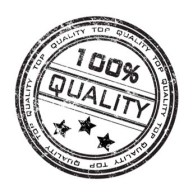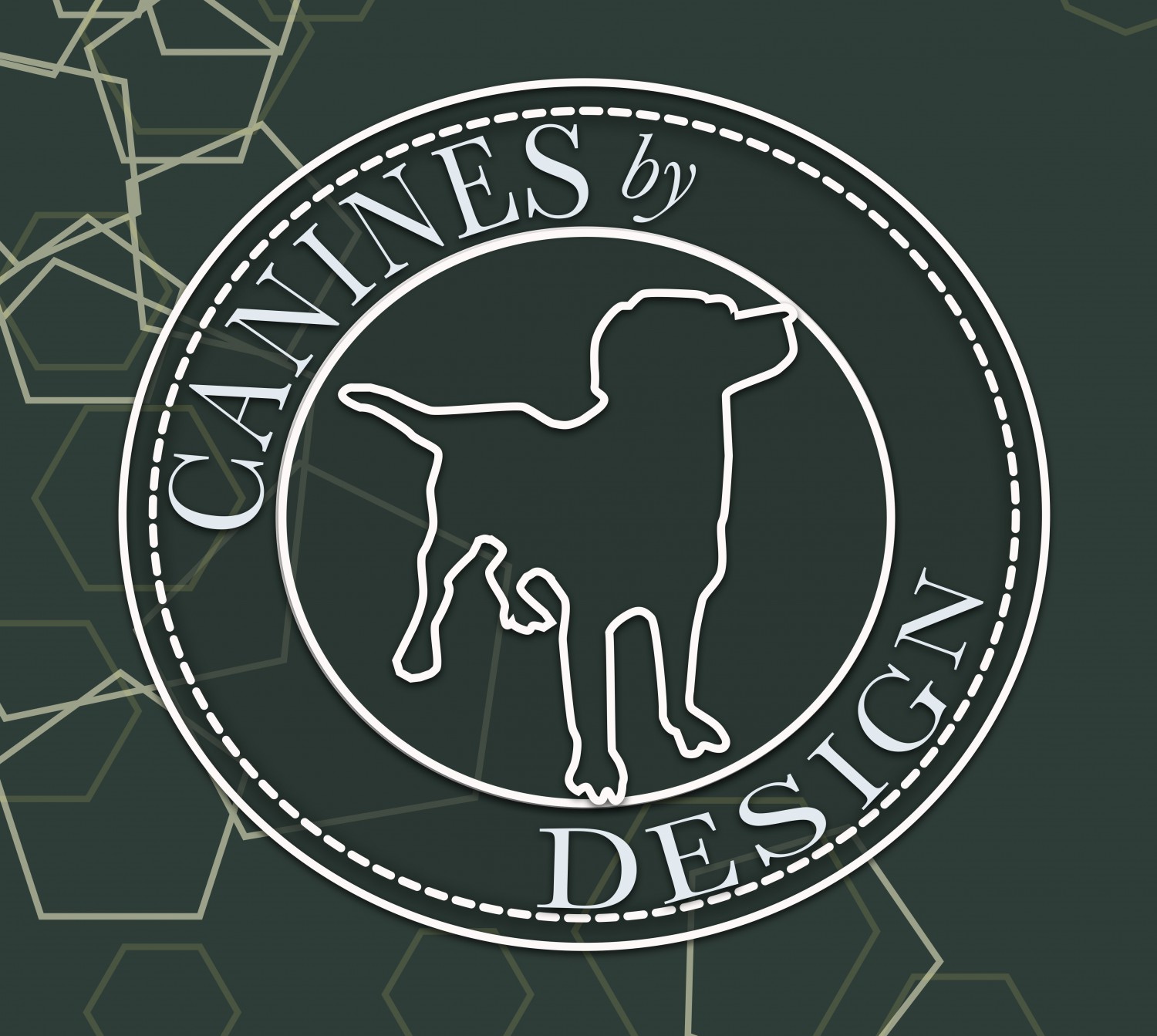 The dog food industry has come a long way since the days of generic “dog chow” – and it continues to change all the time. It seems like everyone has an opinion these days on their preferred all-protein, no-carb, low-carb, raw-based, home-prepped, homegrown diets and which brands are best and/or should be avoided at all costs. And, even amidst all these changes and new approaches to dog nutrition, we still see ads for “old-school” products like pigs ears, bully sticks, and products imitating foods like bacon (come on… the dogs know it isn’t bacon).
The dog food industry has come a long way since the days of generic “dog chow” – and it continues to change all the time. It seems like everyone has an opinion these days on their preferred all-protein, no-carb, low-carb, raw-based, home-prepped, homegrown diets and which brands are best and/or should be avoided at all costs. And, even amidst all these changes and new approaches to dog nutrition, we still see ads for “old-school” products like pigs ears, bully sticks, and products imitating foods like bacon (come on… the dogs know it isn’t bacon).
What we can infer from the fluctuations of the pet food industry is just that… it is changing. Like the field of canine behaviour, we are learning new things everyday. With behavioural training, while the traditional approach to the ways we interact and “command” dogs still exists, it has given way to a softer, positive and far more educational approach (for both the canine and caregiver). The food industry is the same – it is transitioning based on academic study and knowledge. What we know about canine health is developing rapidly, and this knowledge is setting higher health standards by producers and industry regulators, contributing to nutritional guidelines and teaching us what it means to feed our dogs a balanced diet.
As caregivers, it can be overwhelming. Who do we listen to? How do we know what is right? To help, here is general guideline that I follow when I enter a store and look through the various food and treat-related products on the shelves:
- Do your research before you go. A good starting point is dogfoodadvisor.com. This third-party website has reviewed most dog foods on the market and can offer feedback regarding their
 ingredients, the level of quality regarding production (e.g. use of chelated minerals versus none), the nutrient breakdown of the product and even highlight controversial ingredients* if they exist. READ LABELS. Just like your mom told you to do for your own food purchases, if you are reading the ingredient list and can’t, at least, pronounce the first five ingredients, put it back on the shelf and look for a more natural, less processed option.
ingredients, the level of quality regarding production (e.g. use of chelated minerals versus none), the nutrient breakdown of the product and even highlight controversial ingredients* if they exist. READ LABELS. Just like your mom told you to do for your own food purchases, if you are reading the ingredient list and can’t, at least, pronounce the first five ingredients, put it back on the shelf and look for a more natural, less processed option.
*Controversial Ingredients: Those ingredients that exist in the product that have yet to be tested for their nutritional value, created as a by-product of another process (e.g. tomato pumice), or are not usually found in canine food products but do exist in other animals food (e.g. sun-cured alfalfa).
- Price = Quality: Unfortunately for our bank accounts, the pet food industry has a direct relation between price and quality. Much like buying certified organic, free-range or pesticide free products means a larger grocery bill for our family, the same
 applies to canines. A finished product cannot be magically better than the parts that make it up, so in many ways you get what you pay for. Be very careful when buying “deals” at discount stores, box stores and even pet-specific retail locations. Last week I discussed costs and lifestyle changes that occur when you bring a dog into your life. If you are working through this process, budget high for food and treats just to make sure you cover off any unforeseen changes that might occur in this area inflating the monthly costs (e.g. a change from kibble food to raw food because of severe allergy issues).
applies to canines. A finished product cannot be magically better than the parts that make it up, so in many ways you get what you pay for. Be very careful when buying “deals” at discount stores, box stores and even pet-specific retail locations. Last week I discussed costs and lifestyle changes that occur when you bring a dog into your life. If you are working through this process, budget high for food and treats just to make sure you cover off any unforeseen changes that might occur in this area inflating the monthly costs (e.g. a change from kibble food to raw food because of severe allergy issues).
- Country of Origin Matters: Canada and the United States have similar, but different, food standards between our countries. One comparison that always makes me chuckle is that kid-approved Kinder Surprise Eggs are completely legal here in Canada – but are very much illegal in the United States (They are not something you ever want to bring over the border!). If these differences exist within the “human” food industry, you can
 expect them to also be present in the pet food industry. In fact, the pet food industry is even less regulated… by a substantial degree (although this is beginning to change). It is therefore important you take this into account. If products produced in North America are not subjected to strict standards before our pets ingest it (e.g. safe bacterial load levels after the drying process in bully sticks and pig ears), you can be certain that there is even more variation when you start to look at other countries with completely different cultures and belief systems (scary, isn’t it?). While a large corporation might save money by outsourcing production, the savings passed onto us might come with some
expect them to also be present in the pet food industry. In fact, the pet food industry is even less regulated… by a substantial degree (although this is beginning to change). It is therefore important you take this into account. If products produced in North America are not subjected to strict standards before our pets ingest it (e.g. safe bacterial load levels after the drying process in bully sticks and pig ears), you can be certain that there is even more variation when you start to look at other countries with completely different cultures and belief systems (scary, isn’t it?). While a large corporation might save money by outsourcing production, the savings passed onto us might come with some  very real dangers. In fact, Petco announced January 5th, 2015 that it will no longer carry ANY Chinese-imported food products in their stores across the United States because of the canine deaths and sicknesses associated with the consumption of these products. (These products are killing dogs everywhere). Petco even went as far as to say that they will only source products from countries with similar standards (like Canada, U.S., Netherlands, New Zealand, Australia, and South America), even though it risks tens of millions of dollars from the changeover.
very real dangers. In fact, Petco announced January 5th, 2015 that it will no longer carry ANY Chinese-imported food products in their stores across the United States because of the canine deaths and sicknesses associated with the consumption of these products. (These products are killing dogs everywhere). Petco even went as far as to say that they will only source products from countries with similar standards (like Canada, U.S., Netherlands, New Zealand, Australia, and South America), even though it risks tens of millions of dollars from the changeover.
NOTE: It should be stated that even the best of the best dog foods created in North America are not immune to recalls and issues, but they are far more likely to be caught early through standard checks. Dogfoodadvisor.com also offers an e-mail service for any recalls that occur. Sign up with them through e-mail and if a recall occurs, you will receive an e-mail notification.
- Not All Canines Are the Same: As I stated above, not all canines are the same. Some canines have special dietary restrictions, allergies or have gone through surgeries and trauma that prevent them from partaking in particular food stuffs. What works for one, may not work for another. If you are, or think you are, one of those caregivers, then you will want to be very careful about the products you purchase and what ingredients they contain. A new trend in the pet food industry is single
 source protein kibbles, raw food and treats. This is a blessing for those of us that have canines with allergies as it allows us to begin to eliminate and determine what the source of the allergy is… Imagine trying to do that with a kibble that has beef, chicken and fish present in it! Start with small bags, a few cans, or a couple weeks of a raw food diet. Transitioning to new food takes time, so transition to new products slowly over two weeks, then try those products on their own for an additional 1-2 weeks to determine if it is working for your canine (through obvious and less obvious signs such as energy level, stool analysis, etc.).
source protein kibbles, raw food and treats. This is a blessing for those of us that have canines with allergies as it allows us to begin to eliminate and determine what the source of the allergy is… Imagine trying to do that with a kibble that has beef, chicken and fish present in it! Start with small bags, a few cans, or a couple weeks of a raw food diet. Transitioning to new food takes time, so transition to new products slowly over two weeks, then try those products on their own for an additional 1-2 weeks to determine if it is working for your canine (through obvious and less obvious signs such as energy level, stool analysis, etc.).
IMPORTANT NOTE: Always, always, always consult your veterinarian or canine dietician when it comes to your canine’s nutrition. Nutrition’s influence on their underlying health is just as critical for canines as it is for our bodies so you need to make sure they are healthy and eating well. If you are unsure of how to achieve optimal nutrition for your dog, get a second, and even a third, opinion.
Being educated, using these three guidelines, and staying up-to-date with pet food industry changes is the best way to make sure your canine is fed right and feeling great!

You must be logged in to post a comment.